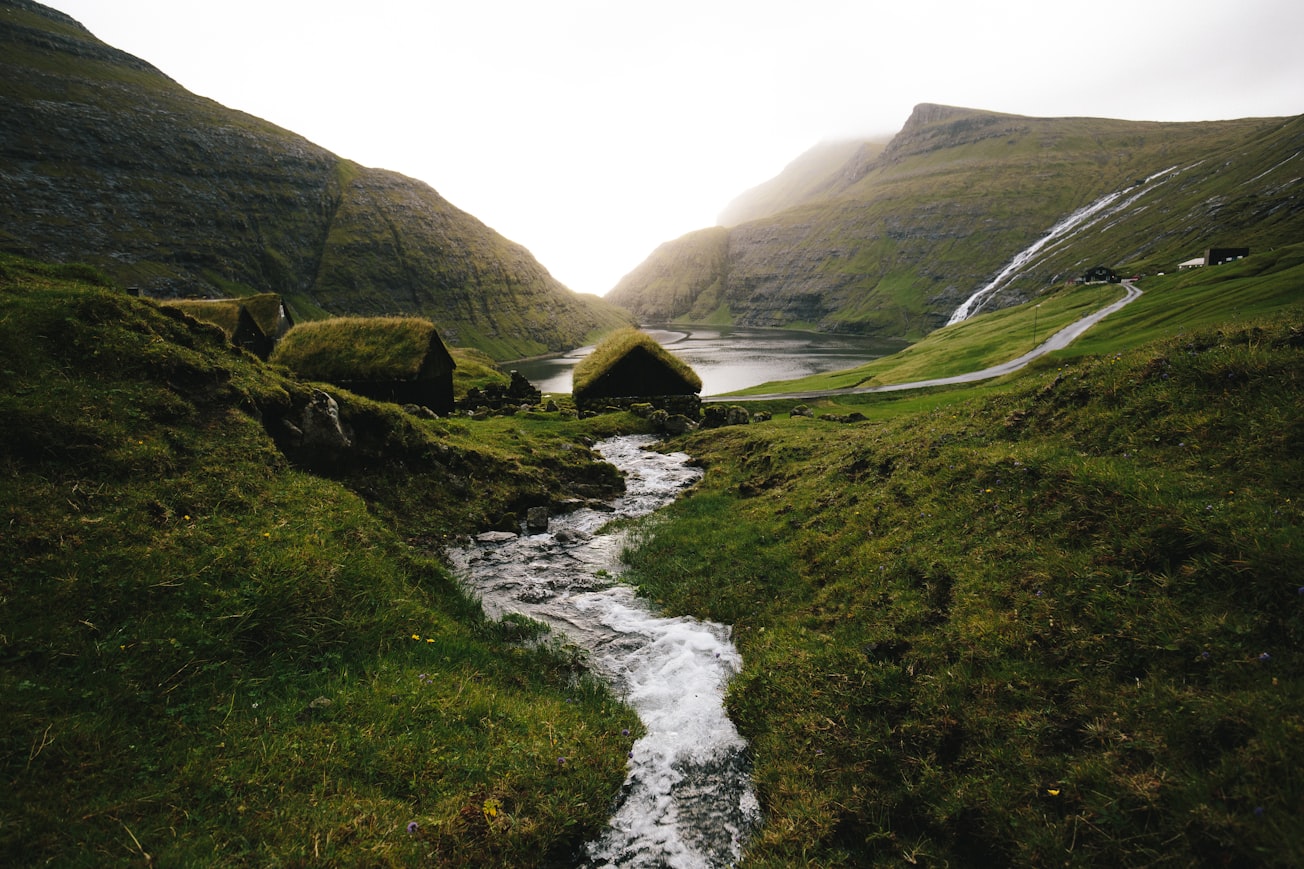What is it about?
This research effort measures the energetic base of river food webs, which includes both solar energy fixed by algae and freshwater plants via photosynthesis (the green food web) as well as the energy extracted from terrestrial leftovers by microbes (the brown food web). We looked at how both green and brown energy inputs vary across seasons for more than 200 rivers, compared these patterns to terrestrial ecosystems, and explore what drives variation in the magnitude and timing of energy production and dissipation across more than 200 rivers. The take-home? Light limits and flow disturbances constrain the energetics of river ecosystems.
Featured Image

Photo by Marc Zimmer on Unsplash
Why is it important?
It is amazing that algae and the leavings and leftovers of forests and prairies and tundra, terrestrial table-scraps, can be turned into such a cornucopia of freshwater biodiversity. Rivers are teeming with life, stoneflies and mayflies and freshwater mussels and salamanders and catfish and stone rollers and salmon…. and river otters! Just how do rivers do this? and will they be able to continue into the future? By understanding how light and disturbance regimes determine the energetic input to food webs, we can From this simple understanding of 'river climate' drivers, we can make many useful predictions about how river ecosystem phenology should vary across rivers and how land-use change, water management, and climate change forcings are likely shifting these regimes.
Perspectives
This paper represents a decade of effort by a great team. Through StreamPULSE we have worked to make it easier for all freshwater scientists and managers to measure and model river energetics. I am particularly proud that we made the commitment to make all of our data and tools and protocols available in real-time to the global community through our data portal www.data.streampulse.org and that while our NSF grant was able to fund data collection in ~30 rivers, our portal has amassed data from more than 600 sites from around the world.
Emily S Bernhardt
Duke University
Read the Original
This page is a summary of: Light and flow regimes regulate the metabolism of rivers, Proceedings of the National Academy of Sciences, February 2022, Proceedings of the National Academy of Sciences,
DOI: 10.1073/pnas.2121976119.
You can read the full text:
Resources
Contributors
The following have contributed to this page










